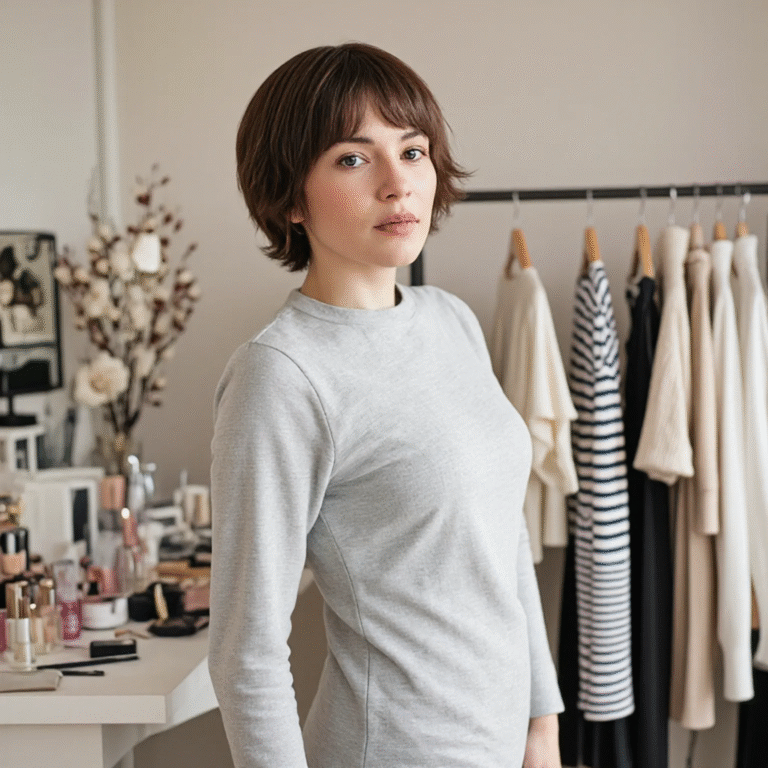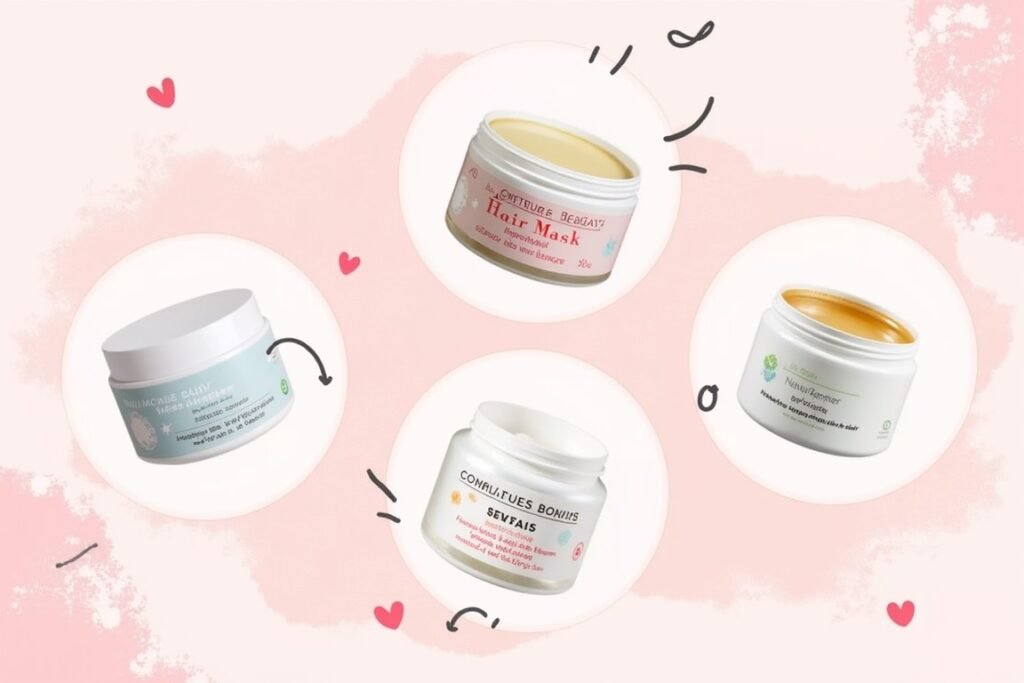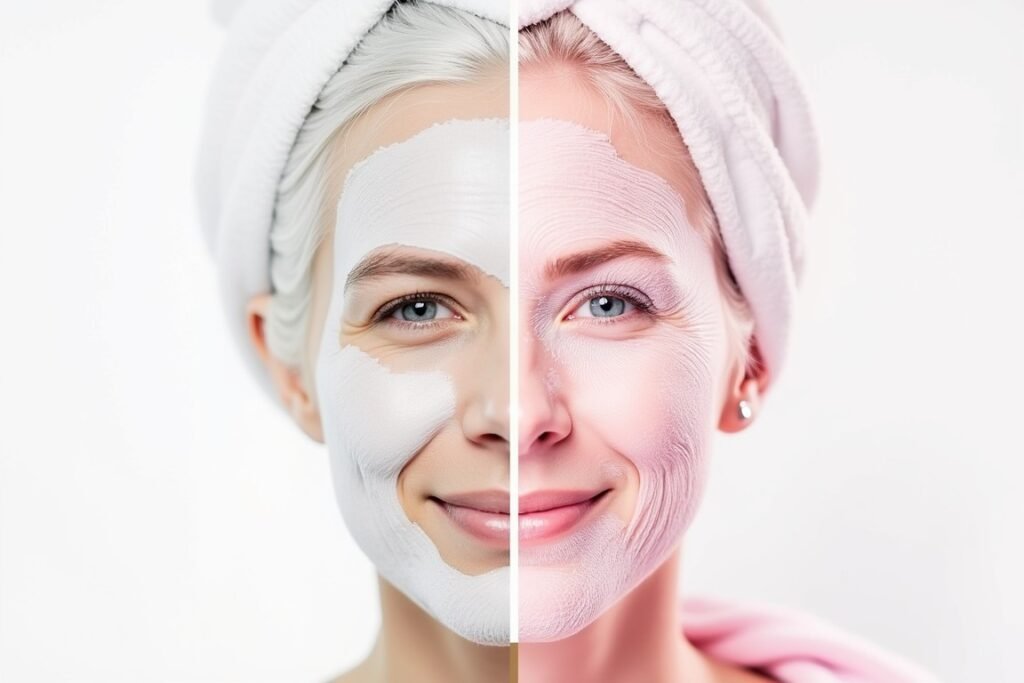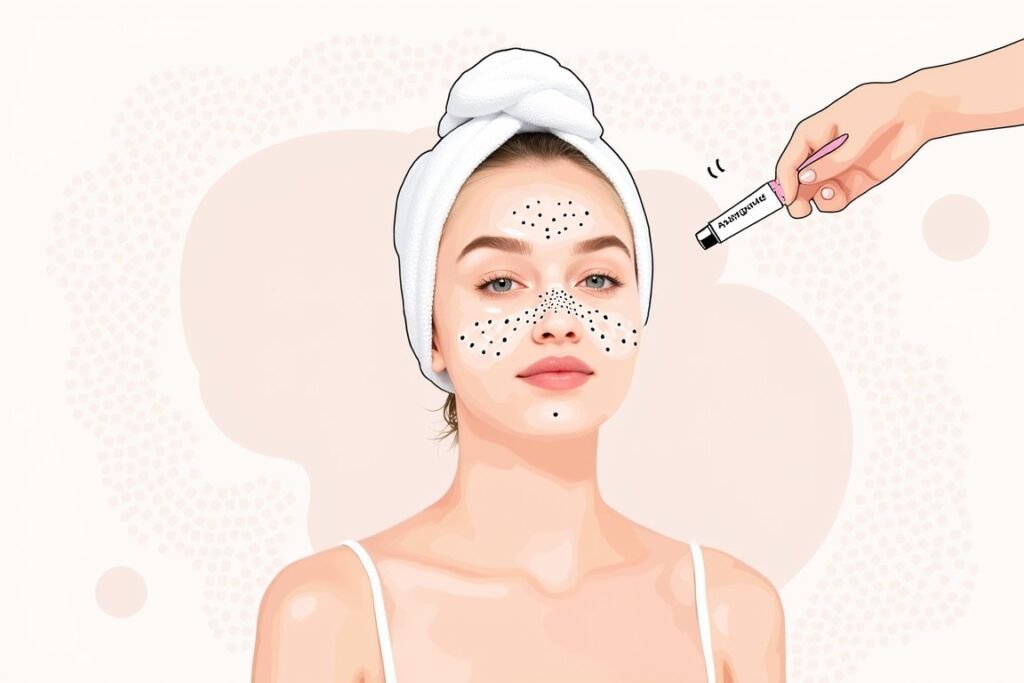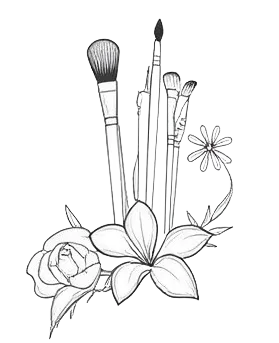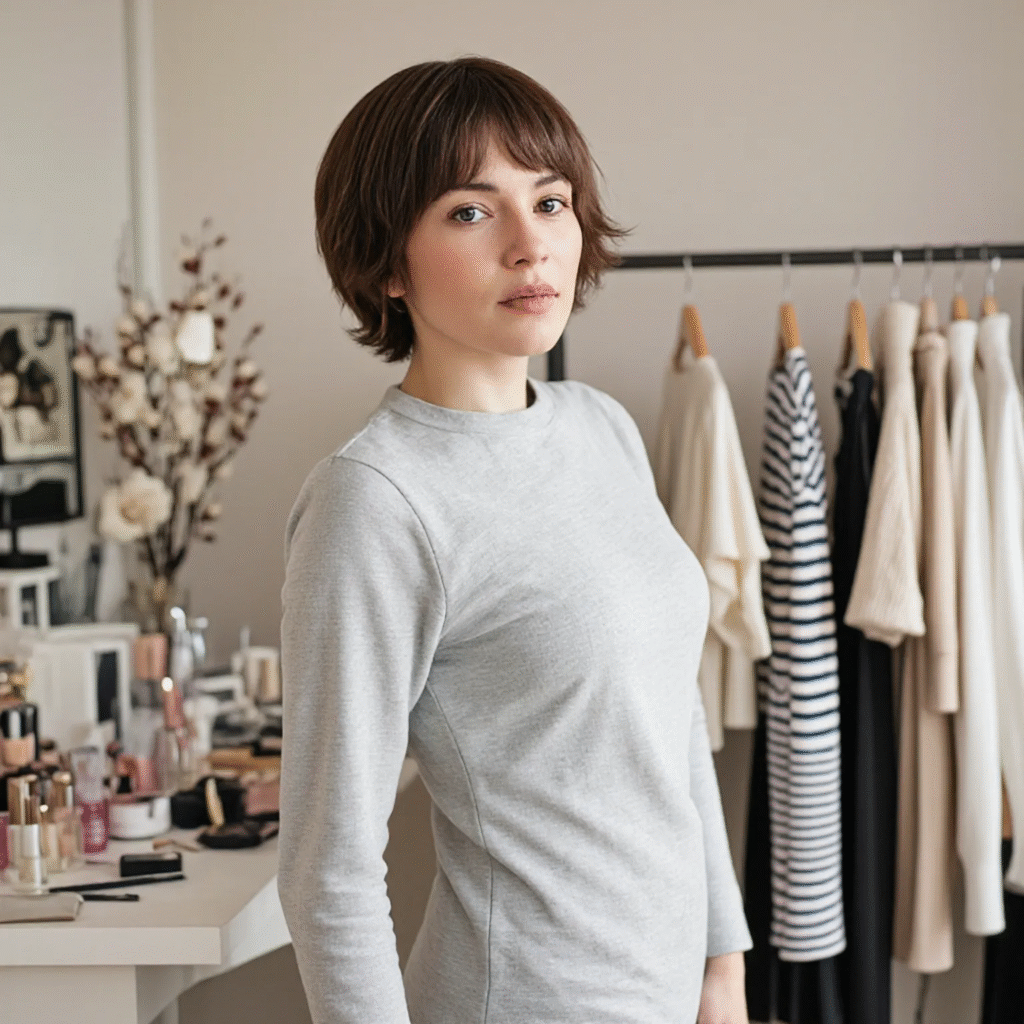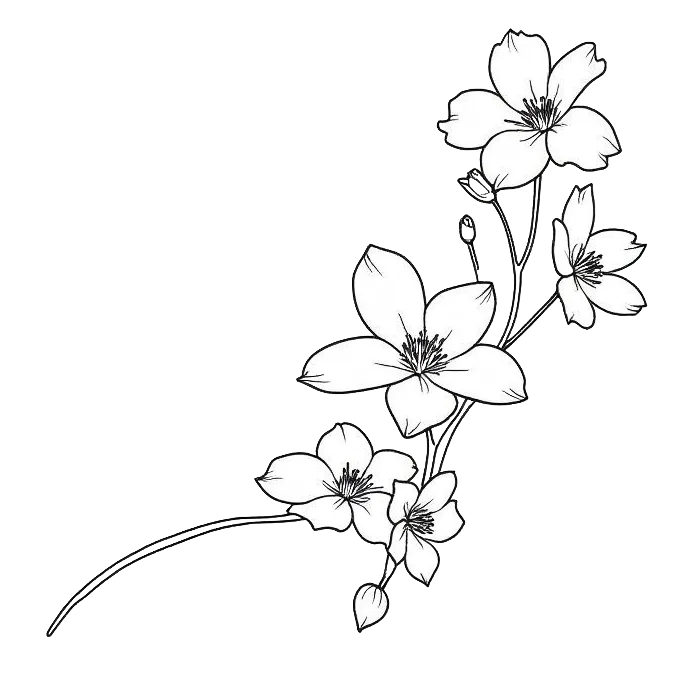Key facts:
- The significance of a gala outfit lies in its impact on personal confidence and self-image, as well as its reflection of respect for the occasion and attendees.
- General rules for gala attire include considerations of fit, color coordination, fabric selection, footwear, and grooming.
- Women’s gala attire options include floor-length gowns, A-line dresses, mermaid styles, and off-shoulder designs in neutral and jewel tones.
- Men’s gala attire typically involves a choice between a tuxedo or a well-tailored suit, with attention to shirts, ties, and grooming details.
- Seasonal variations affect gala outfit choices, influencing fabric selection, colors, and layers.
- Understanding and adhering to the dress code is crucial for fitting into the event’s expectations and etiquette.
Contents
Why the Outfit for a Gala is Important?
The outfit chosen for a gala holds immense significance as it directly impacts personal confidence and self-image. When dressed impeccably, individuals often experience a boost in self-esteem which translates into a more assured demeanor. This confidence is crucial at such high-profile events where every attendee is scrutinized.
A well-chosen ensemble can accentuate personal style and unique traits, enabling one to stand out positively. In essence, the right attire not only enhances one’s appearance but also reinforces their self-assurance, allowing them to engage more effectively in social interactions throughout the evening.
Gala events come with specific expectations and norms that must be adhered to, as they are often attended by influential figures from various industries. Dressing appropriately is not merely a matter of personal style but a reflection of respect for the occasion and its attendees.
The dress code often leans towards formal and sophisticated attire, setting a standard that requires careful consideration. Failure to align with these sartorial expectations can lead to negative impressions, potentially affecting professional opportunities and social connections. Thus, understanding and adhering to the dress code is pivotal in ensuring one’s presence is both appropriate and appreciated.

General rules – universal clothing tips for everyone
When preparing for a gala, certain universal clothing tips can ensure both men and women present their best selves. Here are some essential guidelines to follow:
- Fit: Ensure your outfit is well-tailored to your body type. Ill-fitting clothes can detract from your appearance and comfort.
- Color Coordination: Opt for colors that complement your skin tone and harmonize with the event’s theme. Neutral and classic colors like black, navy, and deep jewel tones are usually safe choices.
- Fabric Selection: Choose luxurious fabrics such as silk, satin, or velvet that convey elegance and sophistication.
- Footwear: Select shoes that not only match your outfit but also provide comfort for the duration of the event. Remember, you’ll be on your feet for extended periods.
- Grooming: Maintain impeccable grooming standards, from hair to nails, ensuring a polished look.
The balance between comfort and style is paramount. While it’s important to adhere to the event’s formal dress code, selecting attire that allows ease of movement and confidence is crucial. Comfort enhances your enjoyment of the evening, enabling you to engage fully and leave a lasting impression.
How to dress for a gala as a woman
Choosing the right attire for a gala can be daunting, but with a few key considerations, women can achieve a stunning look. Here are specific dress options to consider:
- Floor-Length Gowns: The epitome of elegance, these are ideal for most galas, providing a timeless and sophisticated appearance.
- A-Line Dresses: Universally flattering, these dresses offer a classic silhouette suitable for various body types.
- Mermaid Dresses: For those seeking a dramatic flair, these form-fitting gowns emphasize curves and make a bold statement.
- Off-Shoulder Styles: Perfect for showcasing the neckline and adding a touch of glamour.
- Neutral and Jewel Tones: Opt for colors like emerald, sapphire, burgundy, or classic black that exude luxury and complement most skin tones.
When it comes to accessories, the right pair of shoes and handbag can elevate your ensemble. Choose heels that are elegant yet comfortable, as you’ll likely be on your feet for much of the event. A classic pump or a strappy sandal in metallic or neutral shades often pairs well with evening gowns.
For handbags, a small clutch or evening bag that matches or complements your dress is ideal. Look for designs with subtle embellishments or luxe textures to add a sophisticated touch without overwhelming your look.

How to dress for a gala as a man
When attending a gala, men should strive for a polished and refined appearance. The foundation of a man’s gala attire typically involves a choice between a sophisticated suit or a classic tuxedo. Here are key elements to consider:
- Tuxedos: For a traditional black-tie event, a tuxedo is the quintessential choice. Opt for a black or midnight blue tuxedo with satin lapels for a timeless look.
- Suits: If the dress code is less formal, a well-tailored suit in neutral colors like charcoal, navy, or black can be appropriate. Ensure the fit is impeccable to maintain a sharp silhouette.
- Shirts: Choose a crisp white dress shirt for a classic ensemble. For a modern twist, consider a shirt with subtle texture or pattern.
- Ties: Bow ties are the traditional choice for tuxedos, while a silk tie adds elegance to a suit. Select colors that complement the rest of your outfit.
Equally crucial as the outfit itself is the attention to detail in grooming and footwear. Ensure your hair is neatly styled, and facial hair is well-groomed. For footwear, opt for polished leather shoes, such as oxfords or patent leather dress shoes, which complete the ensemble with a touch of class.
Remember, the key to a successful gala look lies in the harmonious combination of attire, grooming, and confidence.

Gala outfit and the season
When planning your gala outfit, it is essential to consider the season, as it can significantly influence your clothing choices. Seasonal variations impact the fabrics, colors, and layering of your attire. Below is a table comparing appropriate outfit options for each season:
| Season | Outfit Options |
|---|---|
| Winter | Opt for heavier fabrics like wool or velvet in darker shades such as deep burgundy or black. Incorporate a tailored overcoat for added warmth. |
| Spring | Choose lighter materials like cotton or silk in pastel hues or floral patterns. A lightweight shawl can add elegance and fend off the chill. |
| Summer | Lightweight fabrics such as linen or breathable cotton in bright or neutral colors. Avoid layering to stay cool. |
| Fall | Mid-weight fabrics like tweed or cashmere in rich autumnal tones such as olive or rust. A stylish trench coat can serve as a chic outer layer. |
The choice of fabrics and colors plays a crucial role in adapting to seasonal changes while maintaining elegance. In winter, thicker materials like wool and velvet provide warmth and a luxurious feel, while darker colors absorb heat and add sophistication. Conversely, in summer, breathable fabrics like linen help keep you cool, and light colors reflect sunlight, enhancing comfort.
Spring invites floral prints and pastels, symbolizing renewal, while fall’s rich tones and mid-weight fabrics offer a cozy yet stylish appearance. By considering these elements, you can ensure your gala ensemble is both appropriate and fashionable for the season.

Match your outfit to the dress code
Adhering to the dress code specified on a gala invitation is crucial for ensuring that your attire aligns with the event’s expectations and etiquette. Being appropriately dressed not only shows respect for the occasion but also helps you feel confident and comfortable. Below are common dress codes with guidelines on how to meet them:
- Black-tie: For men, this typically means a tuxedo with a black bow tie and patent leather shoes. Women should opt for a floor-length evening gown or a formal cocktail dress.
- Cocktail: Men are advised to wear a dark suit with a tie, while women can choose a knee-length or midi cocktail dress that is stylish yet elegant.
- Formal: This is slightly less rigid than black-tie. Men can wear a dark suit and tie, and women may select a long dress or a chic evening ensemble.
Understanding these distinctions ensures that you are appropriately dressed for the gala, allowing you to enjoy the event without any wardrobe-related concerns.
Common outfit mistakes
Attending a gala requires careful attention to attire, as common outfit mistakes can detract from the overall experience. Here are some frequent errors made when dressing for such events:
- Overdressing: Wearing an excessively formal or flamboyant outfit can make you stand out for the wrong reasons.
- Underdressing: Opting for too casual attire may come across as disrespectful to the event’s formality.
- Ignoring the dress code: Not adhering to the specified dress code can lead to feeling out of place.
- Inappropriate footwear: Choosing uncomfortable or overly casual shoes can impact your comfort and appearance.
- Excessive accessories: Overloading on jewelry or accessories may overwhelm your outfit.
To avoid these pitfalls, start by thoroughly reading the invitation and understanding the dress code. If in doubt, err on the side of formality, choosing a classic and understated look.
Select footwear that complements your outfit while ensuring comfort for the duration of the event. Limit accessories to a few elegant pieces to enhance rather than dominate your ensemble.
By following these guidelines, you can ensure your attire is both appropriate and stylish, allowing you to enjoy the gala with confidence.
Pay attention to accessories – fragrance and jewelry
Accessories play a crucial role in completing a gala outfit, and the right choices can elevate your look from ordinary to extraordinary. Key elements to consider include:
- Fragrance: Select a scent that complements your personality and is suitable for the event’s sophistication. Opt for subtle yet captivating notes that linger without overpowering.
- Jewelry: Choose pieces that enhance your outfit without dominating it. Consider classic options like diamond studs or a sophisticated watch for elegance.
- Cufflinks and Tie Bars: For men, these can add a touch of refinement and polish. Match metals and motifs with your overall look.
- Clutch or Evening Bag: A small, stylish bag can serve as both a functional and fashionable accessory. Stick to neutral or complementary tones.
When selecting accessories, it’s essential to align them with both your outfit and personal style. Start by considering the color palette and fabric of your attire. If your ensemble is already bold or heavily embellished, opt for understated jewelry to maintain balance. Conversely, if your outfit is minimalist, you can afford to experiment with more statement pieces.
Always ensure fragrances are applied sparingly, allowing them to enhance rather than overpower. By thoughtfully choosing accessories, you can create a cohesive and polished look that reflects your individuality and respects the occasion’s formality.
Outfit examples – inspiration
For those seeking inspiration on what to wear to a gala, here are some meticulously curated outfit examples for both men and women. These suggestions aim to balance sophistication and personal style, ensuring you make a memorable impression.
For Women:
- Classic Elegance: Opt for a floor-length gown in luxurious fabrics like silk or satin, paired with strappy high heels. Accessorize with a clutch in complementary tones and diamond or pearl earrings.
- Modern Chic: Choose a sleek, tailored jumpsuit with a plunging neckline. Complement with metallic pointed-toe pumps and a statement necklace to add a touch of glamour.
- Romantic Flair: A lace-overlay dress with a fitted bodice and flowing skirt can create an ethereal look. Pair with nude pumps and a delicate bracelet for a soft, feminine touch.
For Men:
- Timeless Tuxedo: A well-fitted black tuxedo with a white dress shirt and black bow tie exudes classic charm. Wear patent leather oxfords and cufflinks for a polished finish.
- Contemporary Twist: Select a midnight blue tuxedo jacket with black lapels, matched with black trousers. Add a silk pocket square and velvet loafers for a modern edge.
- Elegant Simplicity: A charcoal gray suit with a crisp white shirt and slim black tie offers understated sophistication. Complete the look with leather derby shoes and a sleek watch.
These examples illustrate how thoughtful combinations of clothing, shoes, and accessories can create a cohesive and stylish ensemble suitable for any gala event.

What to wear to a black-tie gala
When attending a black-tie gala, it’s essential to adhere to the dress code that denotes formality and elegance. Black-tie attire traditionally involves specific clothing choices, and while there are modern interpretations, the core elements remain consistent.
Traditional Elements: Black-tie attire typically includes a tuxedo for men and a formal gown for women. The tuxedo is classically black or midnight blue, paired with a white dress shirt, a black bow tie, and black patent leather shoes. Women are expected to wear floor-length gowns in elegant fabrics, accessorized with jewelry and evening shoes. These traditional elements are designed to create a timeless and sophisticated look.
Modern Variations: Contemporary spins on black-tie attire allow for subtle creativity, such as opting for a midnight blue tuxedo jacket or selecting a gown with asymmetrical cuts or bold colors. Accessories like statement necklaces or silk pocket squares can add a personal touch while maintaining the formal tone.
- For Women:
- Floor-length evening gown in silk, satin, or velvet
- Strappy high heels or embellished pumps
- Clutch bag and statement jewelry
- Classic updo or elegant hairstyle
- For Men:
- Black or midnight blue tuxedo with matching trousers
- White dress shirt with a pleated front
- Black bow tie and cummerbund or waistcoat
- Patent leather oxfords or formal loafers
The key to dressing for a black-tie gala is maintaining a balance between tradition and personal style, ensuring that your attire respects the event’s formality while allowing for individual expression.

